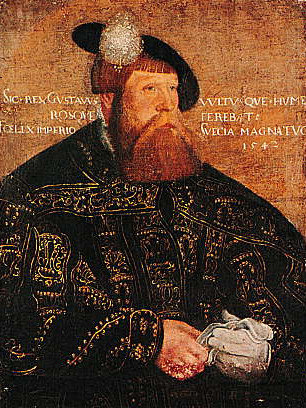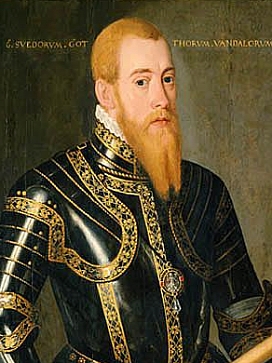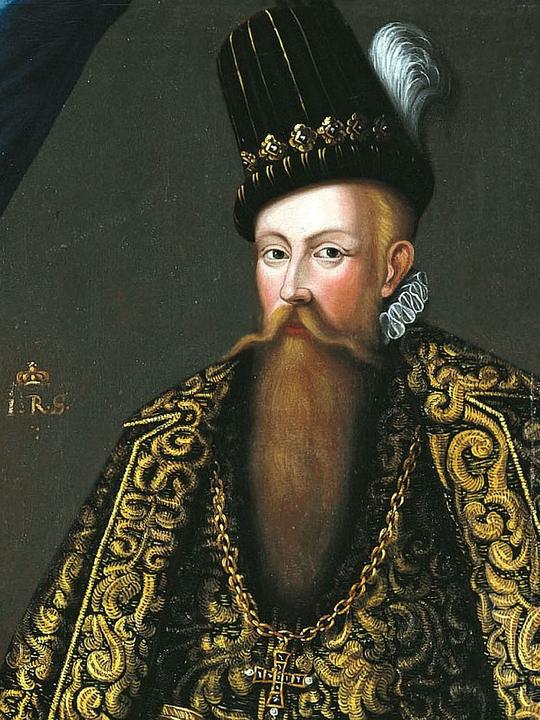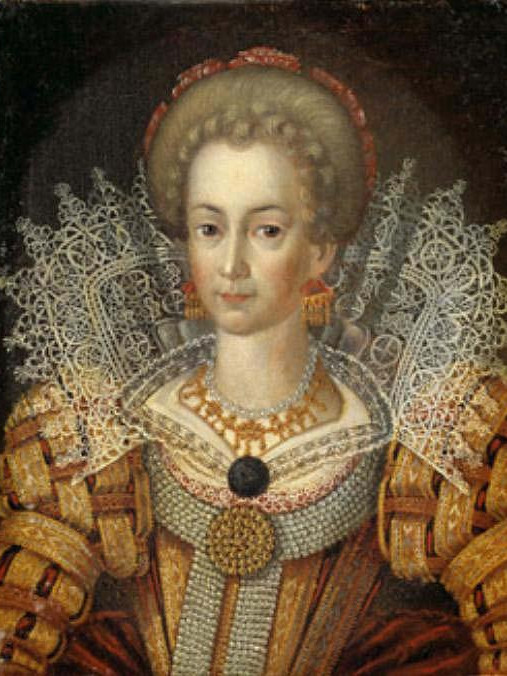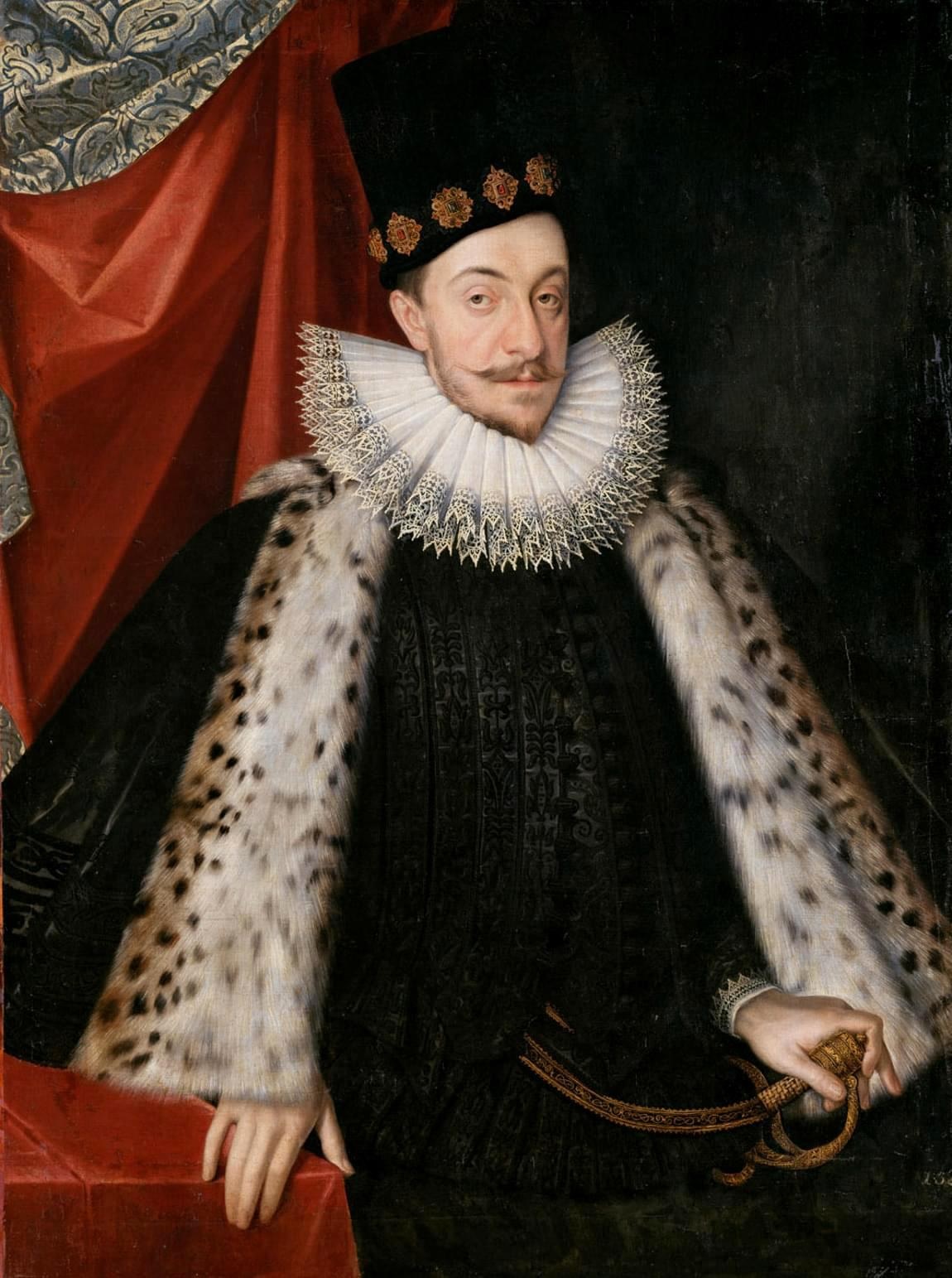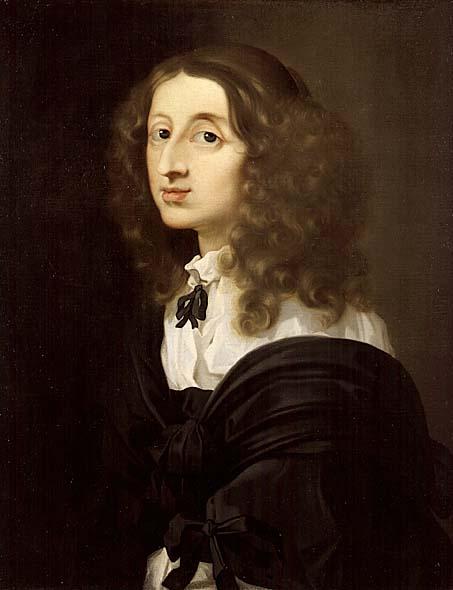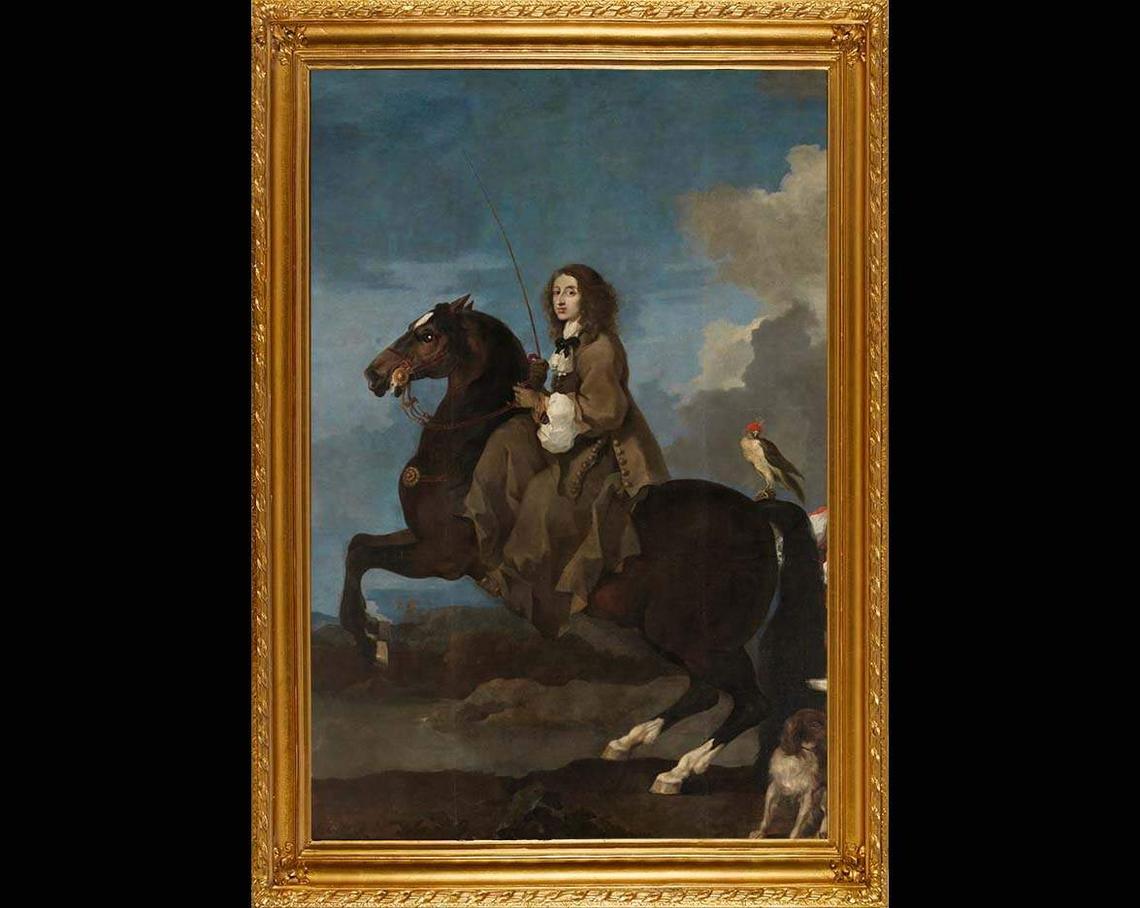Gustav Vasa – Founder of Modern Sweden
Gustav Vasa (1496–1560) led the rebellion against the Kalmar Union and was elected King of Sweden in 1523. He carried out the Reformation and broke with the Pope, making Sweden a Protestant country. By introducing a hereditary monarchy and building a strong central authority with taxation, a military, and bureaucracy, he laid the foundation for the modern Swedish nation-state. He had many children, and his sons Eric XIV, John III, and Charles IX all became kings.
In 1549, King Gustav Vasa began building a fortress in Uppsala, which was considered the most modern in northern Europe at the time. Power-hungry, he challenged the authority of the Church by pointing his cannons at the cathedral towers. At Vasaborgen, you can learn more about Gustav’s ambitions and visits to Uppsala, which was then regarded as the second capital of the realm.
